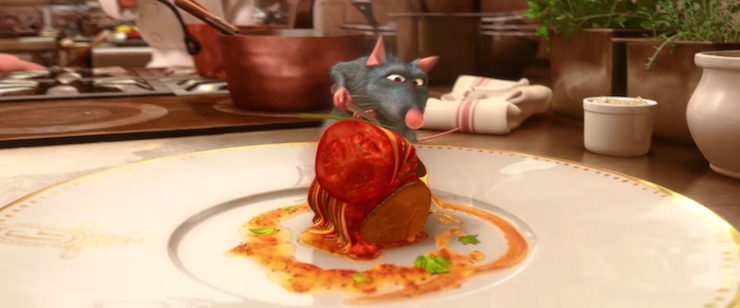When I went to see Ratatouille in 2007, I was trapped in a terrible job. I was exhausted all the time, I felt completely uninspired, and spent a sickening amount of energy questioning myself, beating myself up, hating every decision I’d made that led me to that moment in my life, and creating a vomitous feedback loop of self-loathing. When I went to the movie with friends, I was paying for two hours of forgetfulness. Two hours to stop thinking about my life, and lose myself in a cute Pixar story. I remember hoping I liked the short. And then the film started, and I didn’t get forgetfulness—I got a much-needed slap in the face.
This isn’t a cute Pixar movie—Ratatouille takes every cliche of every artist biopic you’ve ever seen and tweaks them just enough to both honor the idea of the artist, and to challenge it. This may be the only artist biopic that both presents the idea that its subject is a genius, and reveals him as kind of a snob who deserves a comeuppance. He lives with his loud, obnoxious, completely uncultured family, who urge him to use his keen sense of smell for practical things like sniffing out poison, rather than pursuing his artistic dreams. His brother loves him but doesn’t understand him. He’s bullied by larger rats, and especially crushed by his boorish father.
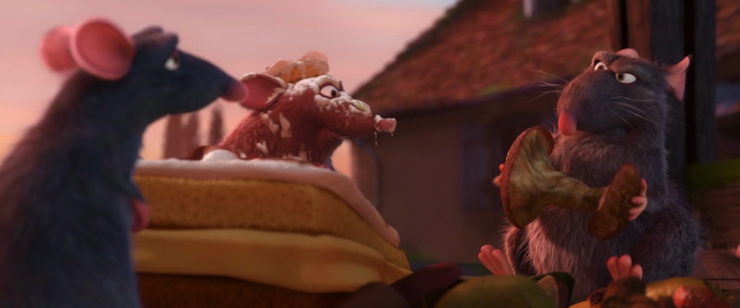
The movie is basically “every D.H. Lawrence novel, but with rats.” Finally he makes the journey from the countryside to the big city, where, cut off from his family and past, he can at last be himself and allow his gift to blossom. He makes new friends who understand him. He grows in his art, experts hail him for his creativity, he has a fall from grace, and he builds builds himself back up. He even has a muse. The film gives us the greatest physical representation of inspiration I’ve ever seen. When Remy combines food for the first time, and it becomes a synesthetic symphony of color and music, we know what he means. We understand what he’s trying to explain to Emile. Remy’s art is ephemeral. With most movies about writers, painters, sculptors, musicians—we know their art. When you watch Amadeus, you go in knowing at least a little of Mozart’s work, and a large part of the (inaccurate but fantastic) film is watching him transcribe the music he hears in his head. If you watch Pollock, you get to watch the artist figure out his paint-splatter technique. Even fictional writers get a similar treatment—in Wonder Boys we see the physical manuscript of James Leer’s debut novel, The Love Parade, and his mentor’s much heftier tome, The Wonder Boys; in Sideways Paul Giamatti’s character has to lug his enormous manuscript in two separate boxes when he wants to share it with a friend.
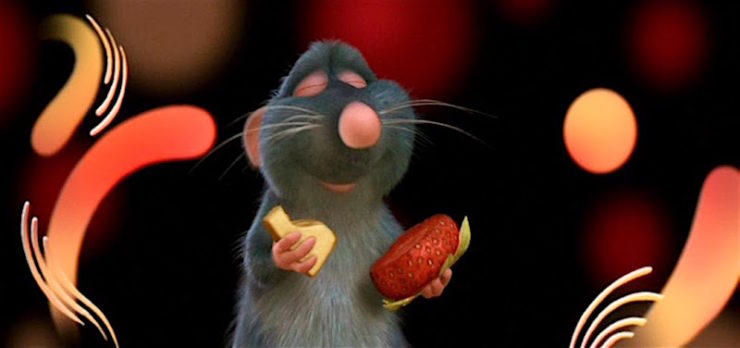
But Remy works in food. He’ll spend hours tasting and sniffing to perfect a flavor, he’ll arrange his mise en place, he’ll dab up any errant spots of sauce. Then the diners will eat the meal and within half an hour his work is just more fodder for a human digestive tract, the same as a Happy Meal or the “corn puppies” that Gusteau’s ghost finds so objectionable. He still has to put the work in. He still has to wring himself dry, laboring over each meal as though it were a painting that would outlive him. This is what makes Ratatouille, for me at least, the purest artistic film. With many artists, work = immortality. Watch Vincent and Theo, Akira Kurosawa’s Dreams, or “Vincent and the Doctor”: these portraits of tortured, suffering Vincent Van Gogh are all poignant, yes, but the audience knows that while Vincent’s life is a tragedy in many ways, his art survives. In Amadeus, Wolfi is buried in a pauper’s grave while his beloved Stanzi weeps in the rain, but we all know that Mozart’s music lived on after him. We can flinch while we watch Pollock skid down that slippery Long Island road, but we’ve seen One: Number 31, 1950 in history textbooks. It’s why we’re watching the movie. But Remy? He might write his recipes down, but an essential part of his art will die with him. Remy’s art is experiential. In the iconic scene when Anton Ego first tastes Remy’s ratatouille, his art acts as a time machine, transporting a bitter, middle-aged man back to a moment of safety and love in his childhood, when he still had his whole life stretching before him, but it didn’t even matter because here and now he had his mother’s love. Assuming that my mind and consciousness stay more or less intact as I get older, I will never forget the moment when Anton Ego takes that bite of Remy’s ratatouille.
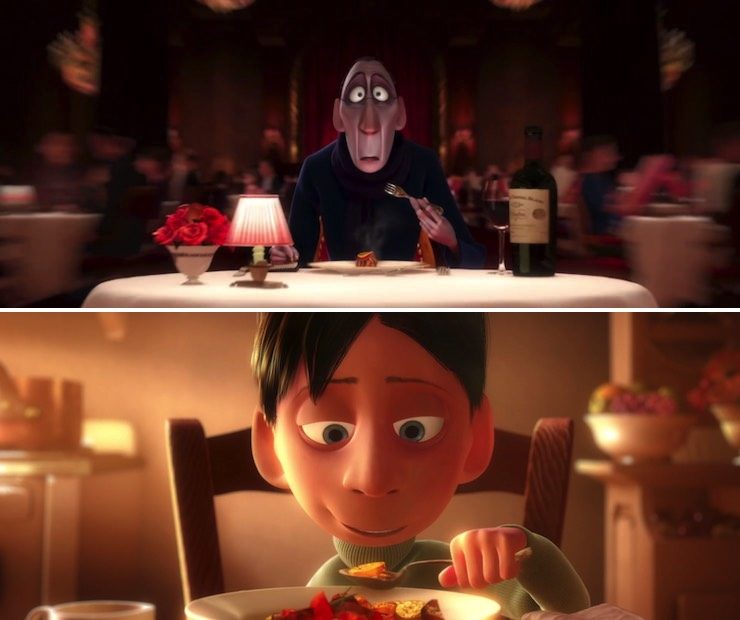
In this final part of the film, Ratatouille does something revolutionary: Remy’s story of artistic greatness shares time with Anton Ego’s story. When has a movie about the life of an artist ever paid attention to the importance of a critic? Back in the ’90s, Ratatouille director Brad Bird worked on a not-very-famous TV show called The Critic, about Jay Sherman, the film critic moviegoers relied on if Pauline Kael, Siskel, Ebert, Gene Shalit, Leonard Maltin, and Janet Maslin were all busy. It was a Simpsons-style comedy that hung upon the usual assumption about critics: they are failed artists. Jay’s one attempt at filmmaking was an abysmal student film in which Jay, playing Prometheus, hangs himself from a ceiling fan because no one understands him. Jay is a joke, snotty, angry at everyone, dismissive of the films he’s paid to critique.
Buy the Book
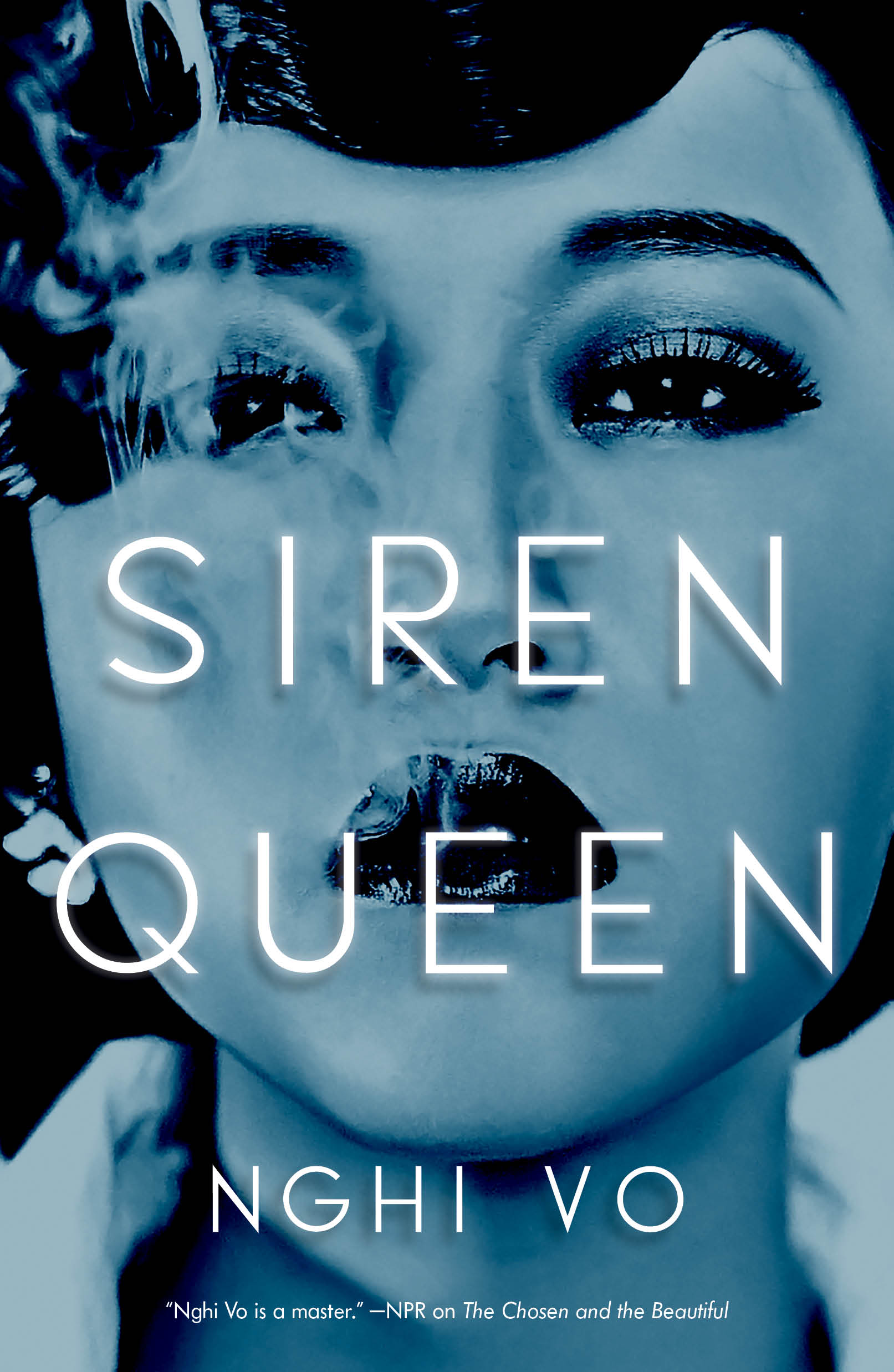

Siren Queen
Even respected, real-world critics are subject to the idea that they are somehow failures. Life Itself (2014)—a documentary about Roger Ebert and his and struggle with cancer—digs a bit into the relationship between critic and art, with friends (including Martin Scorsese) teasing Ebert for his only produced screenplay, Beyond the Valley of the Dolls. But we get no such “failed chef” back story from Ego. Ego is a food critic for the disarmingly simple reason that he loves food: “If I don’t love it, I don’t swallow,” as he snarls at Linguine. But this isn’t a warning, it’s a challenge. Ego doesn’t create food, he critiques it, because he knows that creating food is an art, and he wants chefs to treat it as such. He didn’t give Gusteau a scathing review because he had a grudge against the man, he was disappointed in what he saw as a loss of passion. So when Remy presents him with the simply prepared, but expertly balanced ratatouille, all of his defenses fall away. He recognizes an artist who shares his passion. And then he asks to meet the chef.
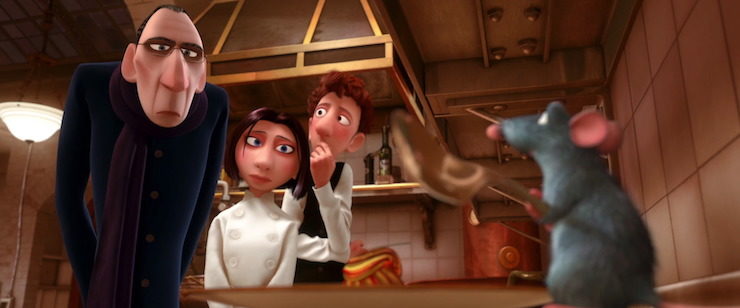
This is the key moment. Maybe even more than that unforgettable flashback. Linguine and Collette weigh their options, and ask him to wait so they can introduce him to Remy with as little trauma as possible. The critic is not being mocked for his “snobbery”—he isn’t a snob. He isn’t being brought low when he wants to thank Remy. The act of criticism isn’t revealed to be a sham. An artist has given him something unquantifiable, and, as is only correct, he wants to thank him for the gift. And then, after all the buildup and suspense? He accepts Remy as he is. Like any great critic, he’s able to look past boundaries and limitations. His life is dedicated to seeking art, and his real work is to be grateful when he receives it, and to share it with others without judging the source. While Linguini, Colette, and Django all retire to their various homes to think about the night, Ego goes to his office and works his own art, delivering a speech in defense of art and critique that would have been extraordinary in any context, but is made all the more so for being tucked into a children’s film about a rat. And in the other best moment (I know, I know, there are a lot of best moments—blame Brad Bird.) Remy walks down to the Seine to be alone. Working in a kitchen leads to wired, sleepless nights, but in this instance he’s touched a numinous moment of pure creativity. He focused his entire being into the food he made, and an expert in his field, a man he respects, has acknowledged him as an artist and appreciated his work. He needs to process this before he can be around people, or rats, so he spends the night with his city.
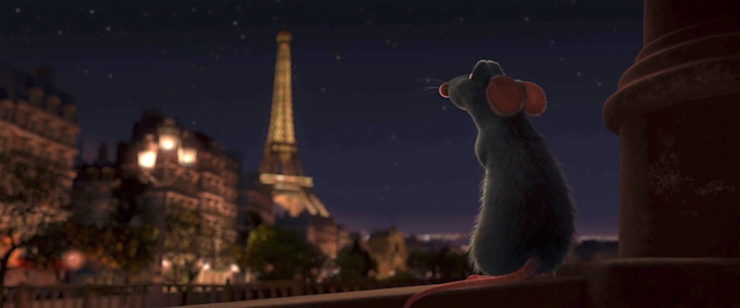
By the time I had come out of the movie I had stopped crying and was wearing an ear-to-ear grin. We went to Florent, a legendary, much-missed all-night diner, and I stuffed goat cheese into my face. The subway was extra full of rats that night, and I giggled like a child each time I spotted one. I started staying up late, and writing again, and I allowed the bad parts of the job to fade into the back of my mind while I searched for something new. The following year I wrote the short story that would later expand into the novel I’m finishing now. I wrote story after story. I took walks and watched people and began absorbing my city again. Most of all I stopped feeling sorry for myself and allowed myself to feel joy and anger. I started laying a path to change my life instead of looking backward and lamenting all the mistakes I’d made. And this might sound like hyperbole, but a huge amount of that momentum came from this rat who knew that anyone could cook, and the critic who believed in him.
This article was originally published in June 2017.
Leah Schnelbach still watches this movie at least twice a year. It keeps her honest. Come discuss the art of criticism with her on Twitter!










